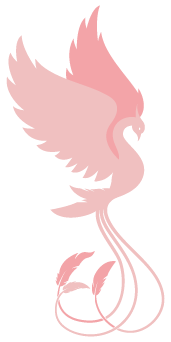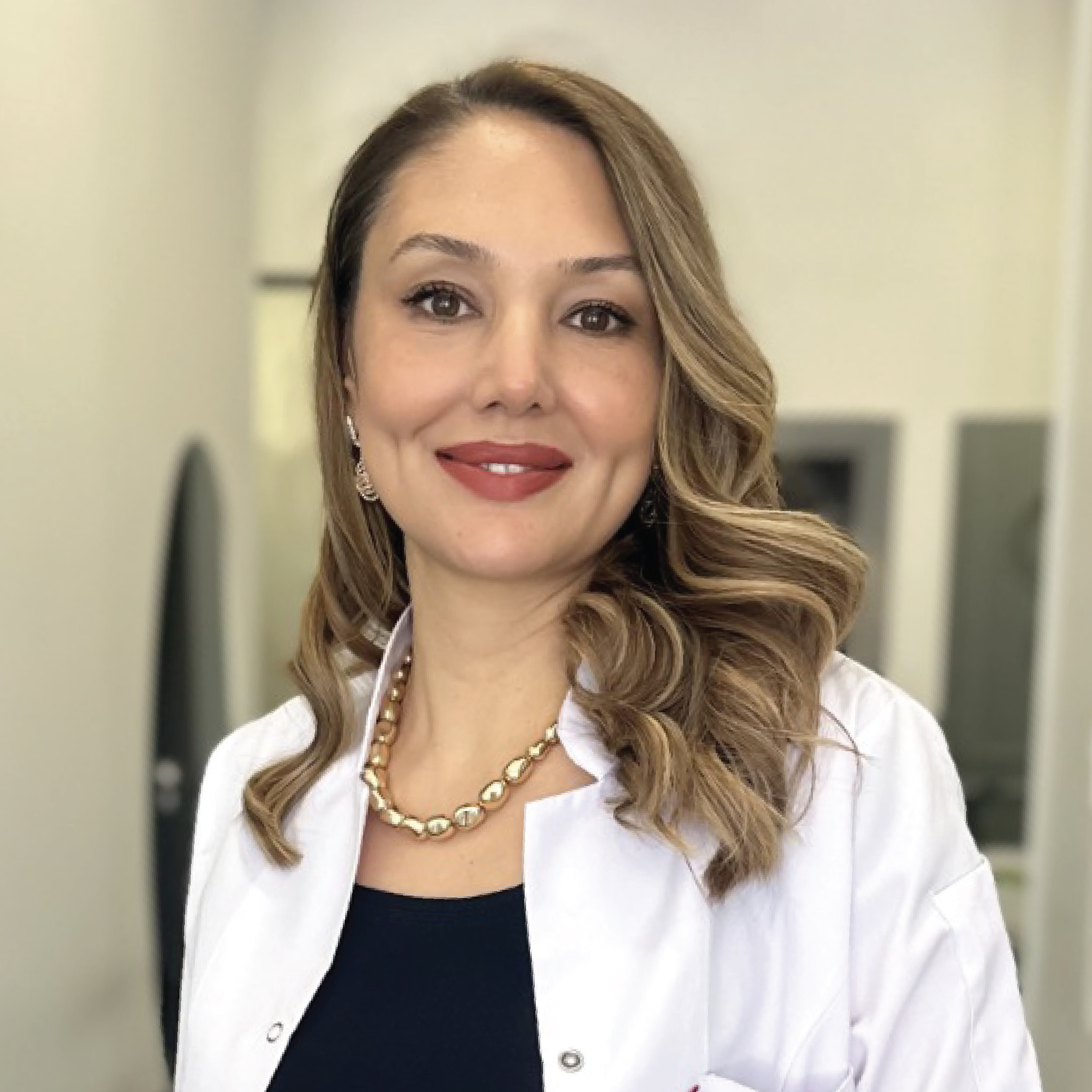Does your baby or child have constant watery eyes, discharge, or frequent tear overflow? Do you notice that their tears run down their cheeks often? This condition may indicate congenital nasolacrimal duct obstruction (blocked tear duct), a common issue in infants. Don't worry! About 90% of cases resolve naturally within the first year of life. However, in some cases, medical treatment may be necessary. In this guide, we explore the causes, symptoms, and treatment options for blocked tear ducts in infants and children.
What is a Blocked Tear Duct (Dacryostenosis)?
A blocked tear duct occurs when the nasolacrimal duct—which allows tears to drain from the eye into the nose—does not fully open at birth. Tears are produced by the lacrimal glands to keep the eyes moist and clean. Normally, these tears drain through tiny openings in the inner corners of the eyelids (puncta) and into the nose. However, if this duct remains partially or fully closed, tears cannot drain properly, leading to tear buildup and obstruction.
Blocked tear ducts can affect one or both eyes and are often noticed shortly after birth. Some infants may experience intermittent symptoms, while others have constant tear buildup and discharge.
Symptoms of a Blocked Tear Duct
Symptoms typically appear within the first few weeks after birth. If your child has one or more of the following signs, they may have nasolacrimal duct obstruction:
- Excessive tearing and tears running down the cheeks
- Yellowish discharge or mucus buildup in the eye
- Redness and irritation around the eye (due to frequent rubbing)
- Increased tearing in cold or windy weather
- Tears pooling in the eye instead of draining normally
Some infants may experience mild, intermittent symptoms, while others have persistent eye watering and discharge.
Causes of a Blocked Tear Duct
The most common cause of tear duct obstruction in infants is the failure of the nasolacrimal duct to fully open at birth. Other contributing factors include:
- Narrow or underdeveloped tear ducts
- Eye infections or inflammation (such as conjunctivitis)
- Premature birth, leading to incomplete duct development
- Family history of blocked tear ducts
- Congenital nasal abnormalities affecting tear drainage
Diagnosis of a Blocked Tear Duct
A pediatric ophthalmologist can diagnose a blocked tear duct through medical history and a physical examination. Common diagnostic tests include:
- Fluorescein Dye Disappearance Test: A special dye is placed in the eye to track tear drainage patterns.
- Nasolacrimal Duct Examination: The doctor checks for blockages or swelling in the tear drainage system.
- Assessment for Infections: Any signs of discharge or redness are evaluated for possible eye infections.
Treatment Options for a Blocked Tear Duct
- Tear Duct Massage (Lacrimal Massage)
This is the most common and effective non-invasive treatment:
- Apply gentle pressure with a clean fingertip near the inner eye corner.
- Perform 2-3 sessions daily, with 10 repetitions each time.
- Massage helps open the nasolacrimal duct, promoting natural tear drainage.
- This method is most effective before the age of one.
- Antibiotic Eye Drops or Ointments
- If an infection develops, the doctor may prescribe antibiotic eye drops.
- These help reduce discharge and inflammation.
- Do not use antibiotics without a doctor's recommendation.
- Natural Resolution (Spontaneous Opening)
- In most cases, the tear duct opens naturally within the first year.
- Parents should maintain eye hygiene and monitor symptoms.
- Tear Duct Probing Procedure
- If the blockage does not resolve by 12 months, a minor surgical procedure may be required.
- A thin probe is gently inserted into the nasolacrimal duct to clear the obstruction.
- The procedure is usually performed under light sedation or general anesthesia.
- The success rate is over 90%, though a repeat procedure may be needed in rare cases.
- Surgical Treatment (Dacryocystorhinostomy - DCR Surgery)
- If other treatments fail, a surgical procedure may be necessary.
- A new drainage pathway is created to permanently clear the blockage.
- This surgery is typically performed in children older than 4-5 years.
Protect Your Child's Eye Health with Early Intervention
Blocked tear ducts are a common condition in newborns, and most cases resolve naturally. However, if symptoms persist beyond one year, medical intervention may be needed. If you notice constant tearing, discharge, or eye irritation, consult a pediatric ophthalmologist for an early diagnosis and treatment plan.
Regular eye check-ups can help ensure your child's long-term eye health!









